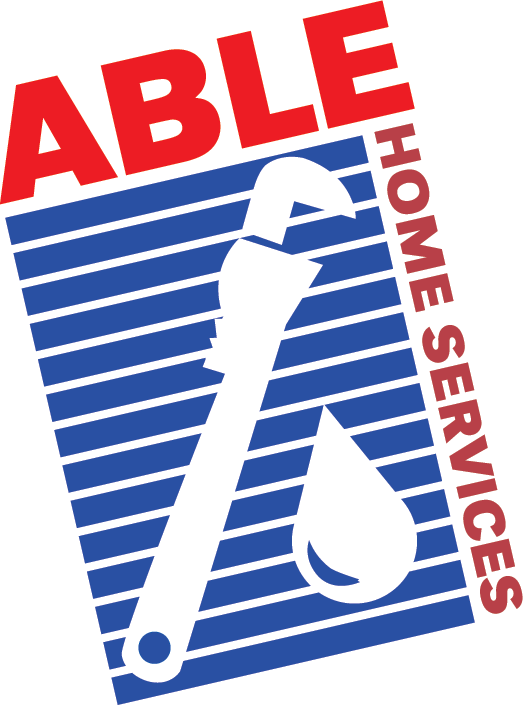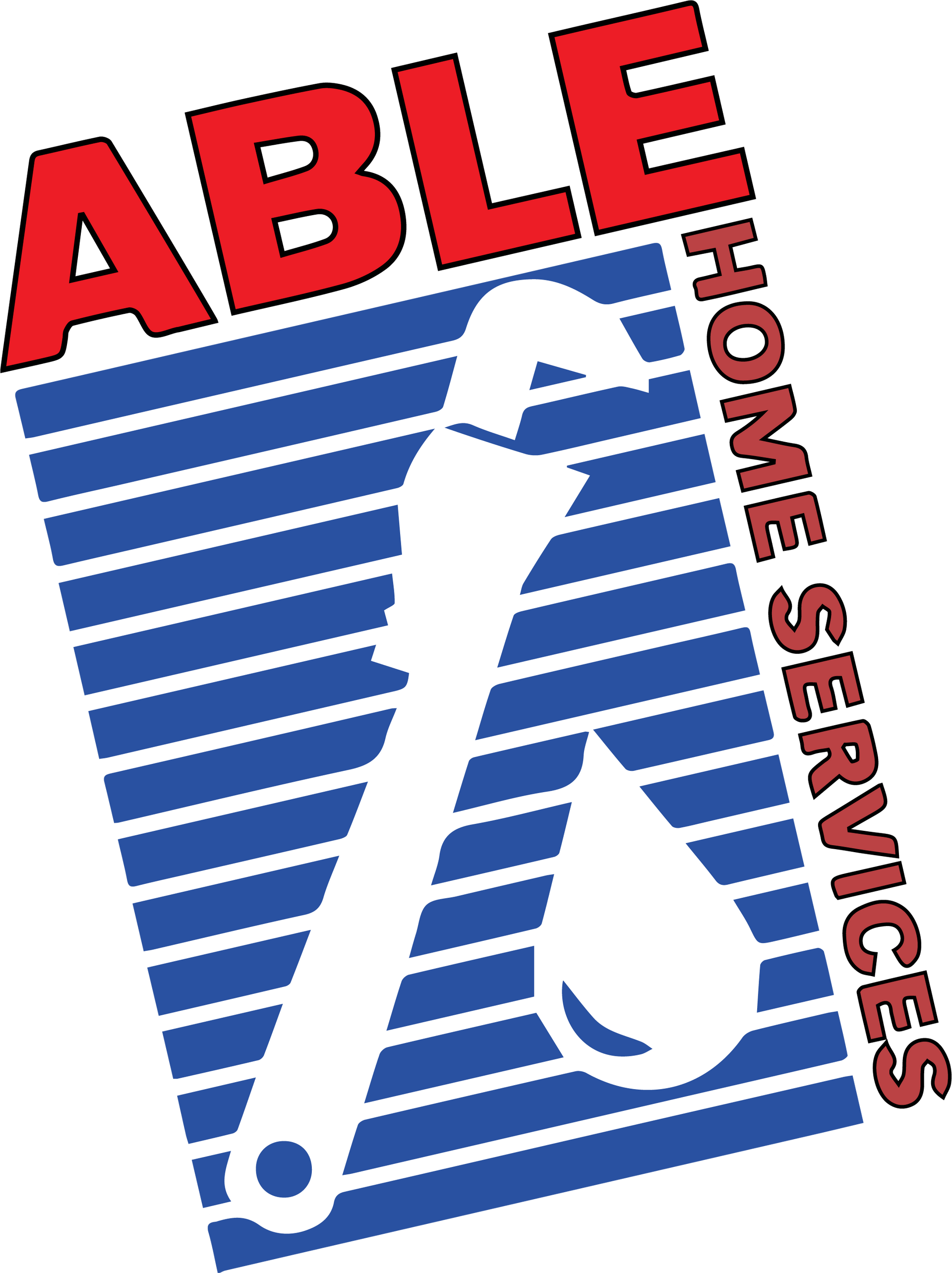Water Well Systems
Quick Category Links
Water Well System Issues? You can Count on Us to Mend it Swiftly and Restore Your Vital Water Supply!
We've made sure you can find all the information you are looking for when it comes to repairing, replacing, and maintaining water well systems on your property. Follow any of the quick links here to learn some tips, advice, and do it yourself remedies. If the work required goes beyond your abilities or desire to do it yourself, you can always reach us by clicking on Request Service or Call Us!
Maybe you have this type of well in your yard. This would not require professional plumbing help! But if you need to install a new well on your property, give us a call!
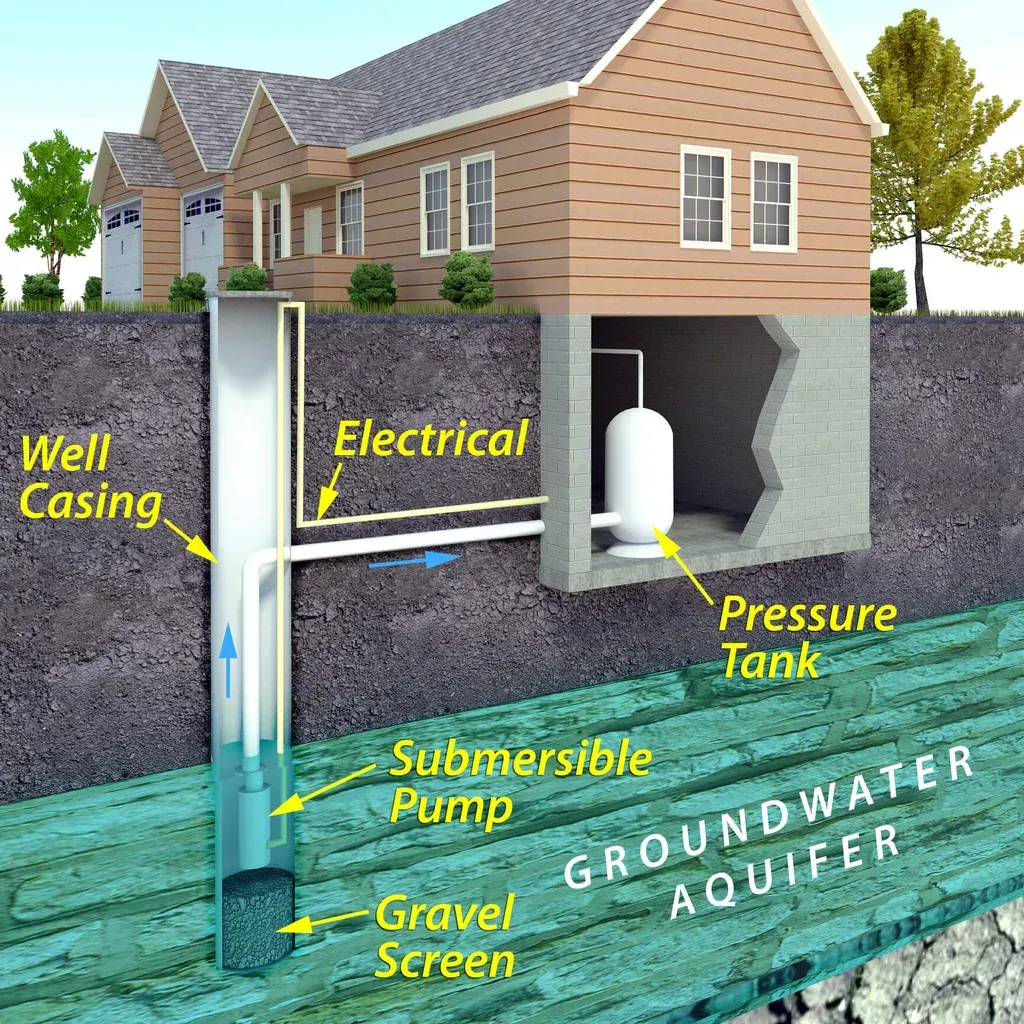
Types of Well Pumps
- Submersible Pumps: Designed to be placed directly in the well, these pumps push water to the surface. Ideal for deep wells, submersible pumps are efficient and can provide a steady water supply even from great depths.
- Jet Pumps: Available as shallow or deep-well models, jet pumps are installed above ground and draw water up through suction, making them suitable for shallower wells. Deep-well jet pumps use a combination of suction and pressure generated by an ejector assembly to draw water from greater depths.
- Solar Pumps: Increasingly popular for their sustainability, solar well pumps run on power generated by solar panels. While their initial setup cost can be much higher, they offer significant savings on energy and are ideal for remote locations without too much tree cover.
Selecting the Right Well Pump
- Well Depth: The depth of your well is the primary factor in determining the type of pump you need. Shallow wells (up to 25 feet deep) can use shallow-well jet pumps, while deeper wells require a submersible or deep-well jet pump that are stronger. It also depends on how long of a run it takes to get to the building or storage tank and if it runs uphill, downhill, or flat.
- Water Demand: Consider your household's water usage, including drinking, bathing, laundry, and gardening needs. Your pump should have the capacity to meet peak water demand efficiently.
- Pump Material: Opt for corrosion-resistant materials such as stainless steel, especially if your water has a high mineral content. This ensures durability and longevity.
Maintenance Tips for Well Pumps
- Regular Inspections: Schedule annual inspections by a professional to assess the pump system's condition; check for signs of wear or damage and perform any necessary maintenance or repairs.
- Water Quality Testing: Regular testing of your well water can identify issues that may affect your pump's performance or necessitate treatment solutions to protect your health.
- Protect Against Freezing: For pumps installed above ground or in areas subject to freezing temperatures, ensure adequate insulation and heat tracing to prevent freezing and possible damage.
About Pressure Switches
A pressure switch consists of a sensor connected to a switch mechanism. When water pressure in the system falls below a certain level (typically around 30 to 50 psi), the sensor activates the switch to turn on the well pump, increasing water pressure. Once the pressure reaches the upper limit (usually between 40 and 60 psi), the sensor triggers the switch to turn off the pump, preventing the system from over-pressurizing. This cycle ensures a steady flow of water at a consistent pressure.
Importance of Pressure Switches
- Consistent Water Pressure: Pressure switches ensure that water pressure remains within a specific range, providing consistent water flow for use on and in the property.
- Pump Protection: By regulating the pump's operation, pressure switches prevent the pump from running continuously, which can lead to overheating and premature wear, malfunction, and failure.
- System Efficiency: Properly functioning pressure switches contribute to the overall efficiency of the water system, reducing energy consumption and prolonging the lifespan of the pump and other components.
Maintenance and Troubleshooting
- Regular Inspections: Check the pressure switch periodically for signs of wear or damage, such as corroded terminals or a damaged diaphragm.
- Cleaning: Dirt, dust, and other debris can interfere with the operation of a pressure switch. Cleaning the switch and its contacts can often restore proper function.

- Adjustment: If water pressure issues persist, the pressure switch settings may need to be adjusted. This should be done carefully, following the manufacturer's instructions, to avoid creating pressure levels that are too high or too low for the system.
- Replacement: If a pressure switch is faulty and cannot be repaired through cleaning or adjustment, replacing the switch is necessary. Given the critical role of the pressure switch in the water system, replacement should be done promptly to avoid system downtime or burning out the well pump.
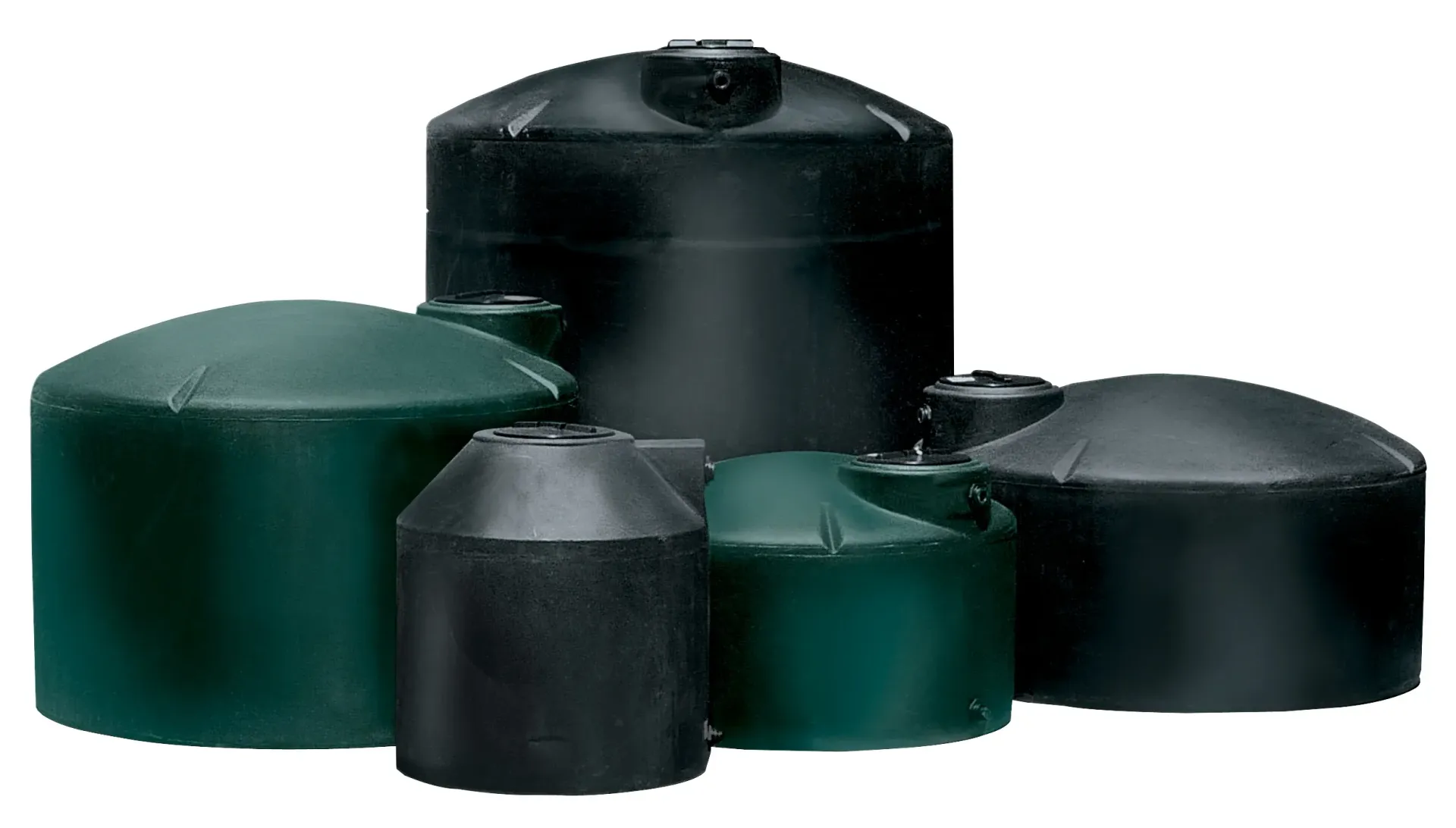
Storage Tanks
Storage tanks in water well systems serve several key purposes:
- Pressure Management: By working in conjunction with pressure switches and pumps, storage tanks help maintain consistent water pressure throughout the home, regardless of fluctuating demand.
- Water Availability: Tanks ensure a ready supply of water is available for immediate use, preventing the need for the pump to activate every time water is drawn, which can lead to significant energy savings and reduced pump wear.
- Pump Protection: By reducing the frequency of pump cycling (turning on and off), storage tanks extend the lifespan of the well pump, as frequent cycling can lead to premature pump failure.
Types of Storage Tanks
- Pressure Tanks: The most common type found in well systems, pressure tanks contain an air bladder or diaphragm that compresses as the tank fills with water, creating pressure that is used to push water through the plumbing system.
- Atmospheric Storage Tanks: Used in systems requiring large volumes of water on demand, these tanks store water without pressurization and rely on gravity or additional booster pumps to supply water to the household.
- Hydropneumatic Tanks: These tanks are designed for well systems, combining water and air under pressure within the same tank to manage supply and demand more efficiently.
Maintenance Tips for Storage Tanks
- Regular Inspections: Check the tank periodically for signs of leaks, corrosion, or damage. Pay special attention to connections and the tank's base.
- Pressure Checks: For pressure tanks, monitor the air charge in the bladder or diaphragm. This should match the pump cut-in pressure and may need to be adjusted to maintain system efficiency.
- Cleaning and Sanitization: Tanks should be cleaned and sanitized periodically to prevent water quality issues, such as bacterial growth or sediment buildup.
- Preventative Repairs: Addressing minor issues promptly can prevent more significant problems down the line. For example, replacing worn fittings or valves can maintain system integrity and performance.
How Pressure Tanks Work
A pressure tank stores water under pressure. When a faucet is turned on, water is pushed out of the tank by this pressure, without the need to immediately activate the well pump. As the water level in the tank drops, the pressure decreases until it reaches a preset low point, at which point the pump turns on to refill the tank, and the cycle continues. Inside the tank, a diaphragm or bladder separates the water from an air chamber, preventing waterlogging and maintaining system pressure.
Benefits in Water Well Systems
- Consistent Water Pressure: Pressure tanks ensure a steady flow of water at consistent pressures, enhancing comfort in daily water use for showers, appliances, and irrigation.
- Pump Protection: By reducing the frequency of pump cycling, pressure tanks minimize wear and tear on the well pump, extending its service life and reducing the need for repairs or replacement.
- Energy Efficiency: Less frequent pump activation means lower energy consumption, contributing to more efficient operation and potential cost savings on electricity.
- Water Reserve: In cases of power outages or pump failures, the water stored in the pressure tank can still be accessible, providing a temporary water supply.
Selection and Installation
- Sizing: Choosing the right size for a pressure tank is crucial. It should be large enough to meet the water demand of the household while providing adequate cycles for the pump. A tank that's too small may lead to frequent pump cycling, while an overly large tank can be unnecessary and costly.
- Type: Tanks come in various types, including diaphragm, bladder, and air-over-water tanks. Diaphragm and bladder tanks are more popular due to their maintenance advantages and efficiency in separating water from air.
- Installation: Proper installation by a professional is essential for ensuring the system's efficiency and longevity. The tank should be placed close to the well pump and on a stable, level surface.

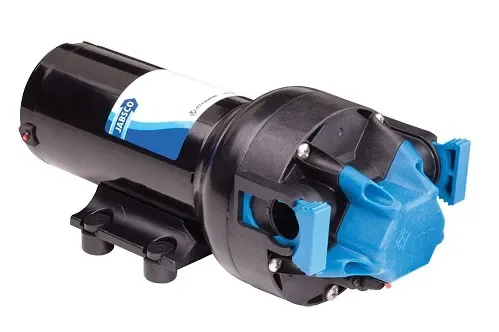
Pressure Pumps in Well Systems
Pressure pumps work by drawing water from the well and pressurizing it within a storage tank, ready for use throughout the property. These pumps are typically installed as part of a system that includes a pressure tank, which stores pressurized water and minimizes the need for the pump to turn on and off too frequently, thereby reducing wear and tear. The pump activates when the pressure in the tank drops below a preset level as water is used then shuts off when the maximum desired pressure is reached, ensuring a consistent supply at a usable pressure.
Benefits of Using Pressure Pumps in Well Systems
- Consistent Water Pressure: Pressure pumps ensure the water delivered to taps, showers, and appliances has sufficient pressure for effective operation, regardless of the well's natural pressure.
- Reduced Pump Cycling: By maintaining pressure within a set range, these pumps can reduce the frequency of pump cycling, extending the lifespan of the pump and reducing energy consumption.
- Improved Water Flow: In addition to pressure, these pumps improve the flow rate, ensuring that water can be efficiently distributed to various parts of a home or garden, even when multiple outlets are used simultaneously.
- Versatility: Pressure pumps can be used in various applications, including domestic water supply, irrigation, and even in boosting water pressure for fire protection systems in rural settings.
Components of a Water Well System
- Water Well: The starting point of the system, where water is drawn from an underground aquifer through a well drilled deep into the ground.
- Well Pump: Submersible or jet pumps are used to lift water from the well and push it into the pressure tank and through the plumbing system.
- Pressure Tank: Stores water under pressure, ensuring consistent water pressure throughout the home and reducing the frequency of pump activation, which extends the pump's lifespan.
- Water Treatment: Depending on the water quality, treatment systems (e.g., filters, softeners, UV purifiers) may be installed to remove contaminants and improve water taste, odor, and safety.
The Role of the Main in Well Systems
In the context of a well water system, the "main" refers to the primary pipeline that transports water from the pressure tank to the building(s) and irrigation system(s) then to their various outlets (faucets, appliances, sprinklers, etc.). This main line is crucial for the following reasons:
- Distribution: It ensures the efficient and uniform distribution of water to all parts of the property.
- Pressure Management: Works in conjunction with the pressure tank to maintain consistent water pressure, preventing fluctuations that can affect water usage and appliance function.
- Isolation and Repair: This should be a requisite of a water well system. Equipped with shut-off valves, the main allows for sections of the water system to be isolated for maintenance, repair, or expansion without disrupting the entire system.
Water Service in Well Systems
Water service in a well system context encompasses the overall management and delivery of water from the well to the point of use. This includes:
- Water Quality Monitoring: Regular testing and monitoring to ensure the water meets safety standards and is free from contaminants that could pose health risks.
- System Maintenance: Ongoing maintenance of the well pump, pressure tank, treatment systems, and plumbing to prevent failures and ensure longevity.
- Energy Efficiency: Optimizing the system for energy efficiency, particularly in the operation of the well pump and any water treatment devices.

